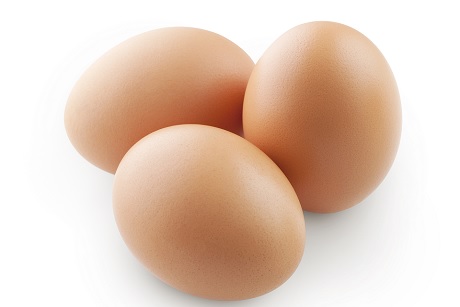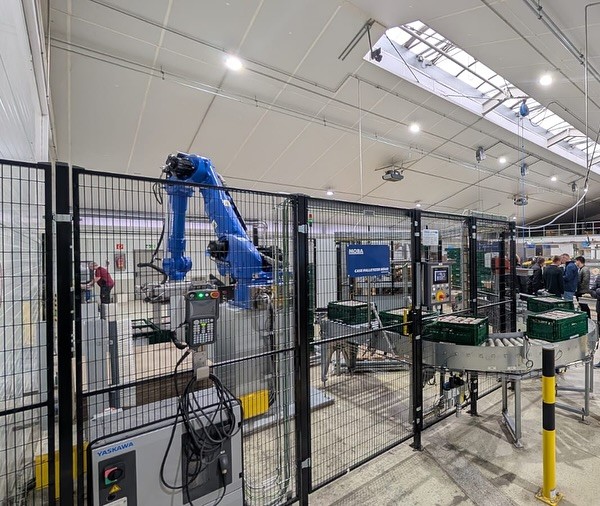Why are egg prices reaching historic highs?
Grading

More on the current 'eggflation'
From New Zealand to the United States, consumers all around the globe have noticed that enjoying eggs has come at a higher price. For a few months now, the egg industry has been dealing with sky-high egg prices. It seems that these prices are out of control, but what are the reasons behind this ‘eggflation’? In this article, we will explain more about why consumers are paying record prices for eggs.
The price of an egg, or any other product on the market, is determined by supply and demand. When demand is higher than supply, the prices go up. When there is more supply than demand, the opposite is true. Translated to the current situation in the egg market, this means that there has been an egg shortage compared to other years, while demand has stayed the same, resulting in the current high egg prices across the globe. But what exactly is the reason for there being fewer eggs available on the market?
Bird flu outbreaks
In the past few years, the egg industry has had to face many challenges; however, one stands out. Since October 2021, the egg industry has been hurt by avian influenza (bird flu) outbreaks around the globe. The World Organization for Animal Health (WOAH) has recorded almost 42 million individual cases in domestic and wild birds since the outbreaks began back in 2021. The organization estimates that almost 15 million domestic birds, including poultry, have died as a result of the disease and more than 193 million have had to be culled to contain the disease, making the current worldwide bird flu outbreak the deadliest in history.
It is still unclear how exactly the bird flu virus enters poultry farms. Possible routes are via the air inlet of poultry houses or via wild birds (or rodents) that mingle with the hens. Contamination through equipment or trays is also a possible way for the disease to spread. In an offline-packing station, trays travel back and forth between farms and a packing station, posing an additional risk (see text box below on how Moba equipment reduces the chance of cross-contamination).
moba's solutions
Against cross-contamination
Hygiene and food safety are paramount for egg producers in their fight against bird flu. That is why all Moba egg graders can be equipped with a UV disinfection system for the eggs and rollers. The advantage of UV disinfection is that harmful bacteria, viruses and molds are exposed, destroyed and therefore unable to reproduce. This is an ideal weapon against bird flu, as 99.9% of the eggshell surface contamination is erased by UV disinfection.
The Omnia PX even goes one step further, offering Ovoshield: a safety shield against bacterial growth on the packer parts that come into contact with the eggs. How does this exactly work? Adding a special mix of titanium dioxide and silver ions to the plastics gives the packer parts anti-bacterial properties. The silver ions suppress the respiration of bacteria, adversely affecting the bacteria’s cellular metabolism and inhibiting cell growth.
But what about the trays on which the eggs travel? For this challenge, Moba introduced the MTW tray washer. This tray washer features a presoak unit to ensure that the trays are washed more thoroughly and uses a disinfected shampoo to remove even the toughest dirt and bacteria.
As you can imagine, the worldwide outbreak of bird flu has had huge effects on the egg industry. Due to these outbreaks, egg producers are now experiencing a shortage of laying hens and are currently working to rebuild their flocks. Fewer hens mean that fewer eggs are making their way onto grocery store shelves, which explains why consumers have found fewer options or even out-of-stock signs across the egg aisle. However, other factors play a key role in the current high egg prices.
Rising fuel, feed and packaging costs
The global economy suffered a devastating blow when Covid-19 hit the world at the beginning of 2020. There was barely any time to recover when, in February 2022, Russia invaded Ukraine. Both countries are key suppliers of the world’s wheat and grain, and as a consequence of the war in Ukraine, both countries greatly reduced their exports, therefore restricting the global supply and driving up prices. This means that it has become increasingly more costly for farmers to feed their laying hens. In addition to paying more for chicken feed, egg farmers have been confronted with rising energy bills. Farmers who raise laying hens strongly rely on electricity and automation to keep their business running. What’s more, the price of gas, which is required to transport the eggs from the plant to consumers, has also gone up. So for egg producers, it has become more expensive to run their operations and, unfortunately, some expenses in egg production have to be passed on to consumers.
Will the prices remain high?
Although egg prices are currently sky-high, this fact has not deterred consumers. If we look at the past, even when egg prices went up, shoppers stayed loyal. And for good reason: Eggs are still the cheapest form of protein and of course one of the most versatile food ingredients. Eggs can be used in all kinds of dishes, making them perfect for every course or feast. Egg prices are expected to stay relatively high throughout 2023, especially in markets that are heavily impacted by the consequences of bird flu and high costs. In other markets, there will be a drop in prices; however, it is expected that they will not reach the pre-2021 level just yet.



